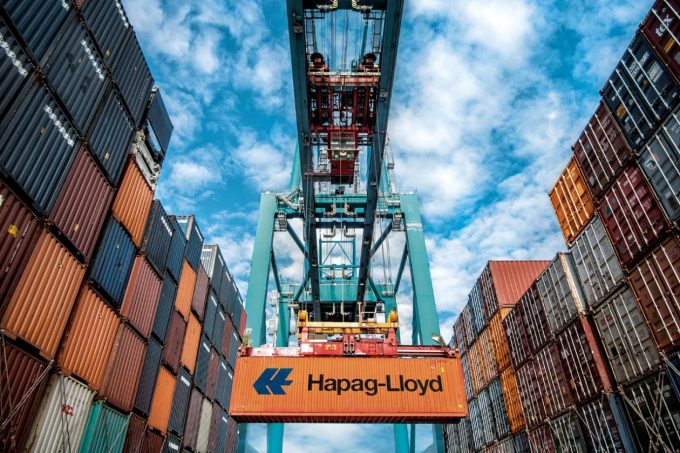Gemini schedule reliability falls below 90% target for the first time
The Gemini Alliance has dropped below its targeted 90% reliability for the first time since ...

While container spot rates on the transpacific are falling steadily week on week, the decline in Asia-Europe rates is accelerating, prompting ocean carriers to announce revised FAK (freight all kinds) rates for April on the tradelane.
From 1 April, Hapag-Lloyd’s new Asia-North Europe FAK rates will be $1,600 per 20ft and $3,000 per 40ft, while for western Mediterranean ports, the rates will be $2,800 and $3,500.
And MSC’s new FAK rates for North Europe, from the ...
Transpacific sees first major MSC blanks as rates fall and volumes falter
'It’s healthy competition' Maersk tells forwarders bidding for same business
Opposition builds for final hearing on US plan to tax Chinese box ship calls
White House confirms automotive tariffs – 'a disaster for the industry'
New price hikes may slow ocean spot rate slide – but for how long?
Supply chain delays expected after earthquake hits Myanmar
Shippers snap up airfreight capacity to US ahead of tariff deadline
Good start for Gemini, liner schedule reliability data reveals

Comment on this article